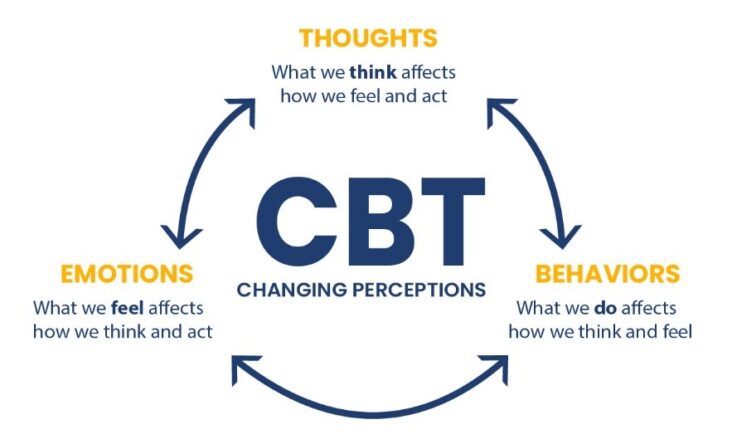In this piece, we’ll explore the concept of a relationship, defining it and outlining what a good one should look like. Further, we’ll discuss different types of relationships, ways to spot a healthy one, and potential warning signs. Besides this, we’ll also cover on what are the red flags in any relationship. With this information, we hope to provide readers with the knowledge to identify and recognize a healthy relationship.
At the end of this article, we hope that readers understand better how to perceive the signs of a healthy relationship. We hope to provide a clear and forthright guide to help readers create and maintain healthy relationships.
What is a Relationship?
Relationship is a connection, association, or involvement. It could be between individuals related by blood, by emotions, or by any sort of romantic affair. Relationships are often portrayed as a journey, with challenging times making way for periods of great joy, laughter, and a feeling of deep connection and unconditional love. While, at times, relationships may be tested and feel like a struggle, over time, with commitment and dedication, relationships can become stronger, and the bond between people can deepen. Ultimately, a relationship is an intimate and unique connection. It’s not something static, as it is constantly changing and evolving.
Healthy Relationship
A healthy relationship is one of the cornerstones of a fulfilling life, whether it’s an intimate partnership, a family connection, or a friendship. Building and maintaining a supportive and nurturing bond with another person can bring joy and help us flourish. However, unhealthy relationships can be harmful and destructive, causing pain and emotional distress. Therefore, it’s important to keep a few key factors in mind when establishing and maintaining a relationship:
1. Regular communication with your partner is crucial for a healthy relationship. It involves sharing your thoughts, feelings, and desires while actively listening when they do the same.
2. Respect is another significant and essential element of a healthy relationship. In a healthy relationship, everyone’s thoughts and opinions should be valued and respected.
3. Trust is a critical component of a healthy relationship. Trust can help strengthen the bond, whether it’s between a parent and child, romantic partners, or siblings.
Types of Relationship
· Family Relationships
· Friendships
· Acquaintances
· Romantic
· Sexual
· Work
· Situational
Signs of being in a healthy relationship
1. Communication is vital for building a balanced relationship. Being able to express emotions freely without hesitation is a sign of a healthy relationship.
2. Boundaries should be respected by everyone involved in the relationship, whether they are physical, emotional, or mental.
3. Consent is essential in all relationships, and asking about boundaries, actively listening to responses, and respecting those boundaries is important.
4. Honesty is necessary for a healthy relationship. Being open with your thoughts, feelings, and concerns is crucial.
5. Self-love and self-care are important to maintain a healthy relationship. Allowing space for yourself within a relationship is a sign of a healthy bond.
6. Healthy conflict is necessary for a healthy relationship. Disagreements are inevitable, but if conflicts can be addressed respectfully, it is a sign of a healthy relationship.
Red Flags in any Relationship
It’s very important to recognize red flags as early indicators of potential future issues or roadblocks. It is a warning sign that something is wrong, and could be a sign that a relationship needs to be re-evaluated. Some common red flags include
· Aggressive behavior
· Lack of respect
· Lack of communication
· Feeling ignored or disregarded
· Dishonesty
It is essential to take these signs seriously and take action if needed. Ignoring a red flag and hoping it goes away could create unhealthy dynamics and patterns, over time, that can lead to severe issues. For a strong and supportive partnership, a healthy relationship is essential. It lays the groundwork for trust, mutual respect, open communication, and understanding. If any of these elements are missing, it is important to pay attention to any red flags. Make sure to examine the signs of a healthy relationship and take the necessary steps to create the foundation for one.




